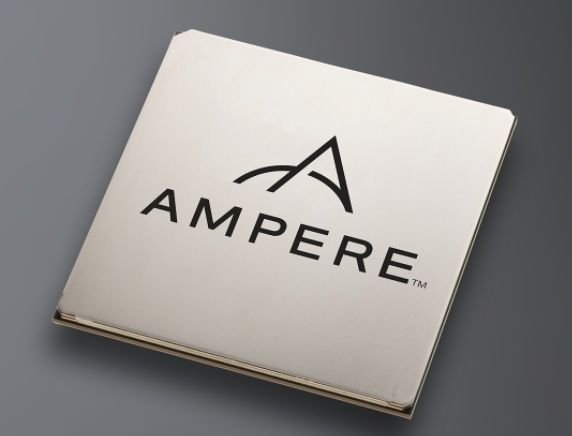The American company Ampere Computing, manufacturer of Altra processors, demonstrates that its Altra processors offer better performance compared to its competitors AMD and Intel. This efficiency is especially felt at the level of a multi-core processor server under full load.
The ARM architecture that makes the difference
Altra processors use the ARM architecture to differentiate themselves from x86 processors from AMD and Intel. This is a real advantage because it is what allows each core of the Altra processor to be constant and to work at maximum frequency, regardless of the loads to be processed on the server.
Ampere Computing offers Altra processors with up to 80 cores and Altra Max processors which can go up to 128 cores . The company claims that each core can serve a given user or program, unlike x86 processors whose load management at the different cores is not transparent. This is what offers an undeniable advantage for Altra processor servers, especially if the servers are intended for shared hosting, clouding or to run different programs and batches at full load. Indeed, the performance of each core of an AMD or Intel x86 processor varies depending on the different loads to be processed on the server. The Turbo frequency of x86 CPUs can be high when there are fewer cores working and this frequency decreases inversely with the load when more cores are working.
A real comparison
For example, the Xeon Platinium, a 56-core x86 processor works at 4 GHz with one or 2 active cores. On the other hand, it works in Turbo Boost at 3.3 GHz with all its 56 cores under load. This makes a shared server less and less efficient when new users connect or are added to the server or when new programs are launched. This is because the maximum clock speed can no longer be reached.

Amar Dhamdhere, Director of Product Management at Ampere Computing confirms that Altra processors are designed for cloud environments and can deliver consistent turbo performance under varied and optimal load environments. The Q80-30 for example, works at a constant nominal frequency of 2.8 GHz to reach a maximum frequency of 3 GHz . And this when only one core is active or when all 80 cores are fully loaded. At the same time, Altra processors allow users to set the operating frequency of the cores independently of the loads on the server.
The booming processor sector
Ampere thus presents Altra processors on the market as native processors for clouding. Various projects from other major manufacturers such as AMD and Intel, based on the ARM architecture are currently underway. Other startups such as NUVIA, MARVELL and Ampere Computing are entering the market. Apple, for its part, is launching its own Apple Silicon processors to the detriment of previous collaborations with Intel. Suffice to say that the processor sector is booming and various projects are in full gestation. We can't wait to see how this evolves in a few months.




